It has been a while since I've started to make simple tube emulators, all of them "sounded" like a tube even when overdriven... but they still miss something, some airiness and detail, they all sound "tubish" but the spirit of tube distortion seems to be absent from these configurations.
All of them show a clear presence of even order harmonics simulating the 3/2 Child's law of a triode, but only one of the configurations takes into account the non-linear response of a triode under overdrive (Russian schematic see below) and of course it sounds the best!.
Here is a small list with the simulations:
Fetzer valve
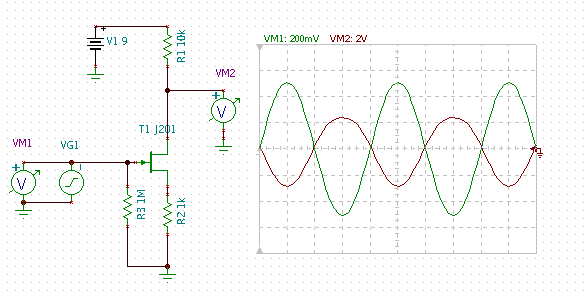
Fetron type configurations
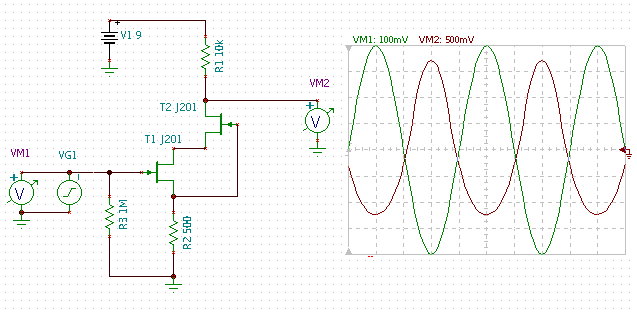
Jack Orman's Muffer
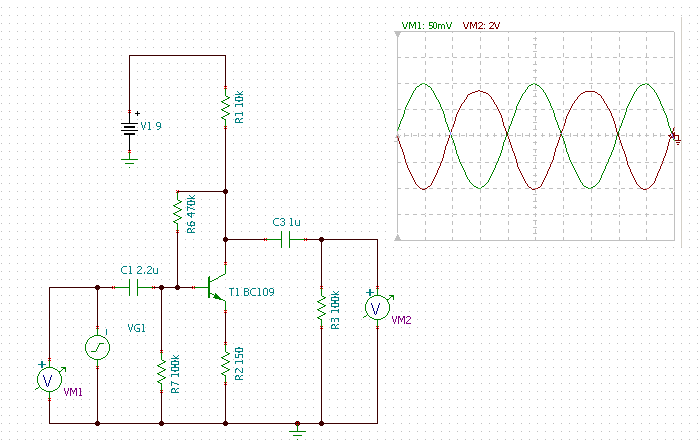
and my version of Tim Escobedo's bootstrap for gain version of the muffer
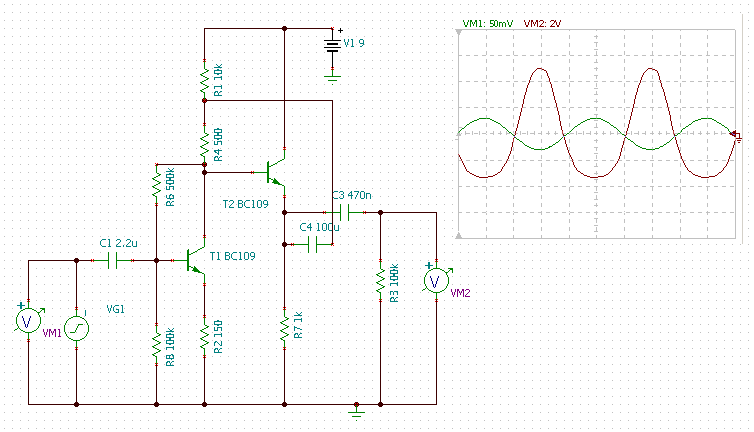
Russian schematic
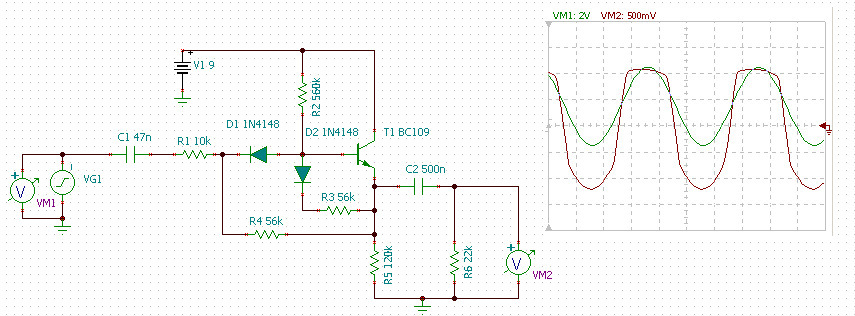
Child's law, as is usually referred, stands on some pretty strong bias but quite acceptable from a physicist point of view. These are (taken from C. D. Child, Phys. Rev. (Series I) 32, 492–511 (1911) Discharge From Hot CaO)
- there is not possible to compute just how many positive ions it would take to raise the potential so as to check the current when the cathode is a irregular piece of foil but we may get some idea of what is to be expected by considering the current density between parallel plates of infinite extent, when there are only positive ions present.
- The less the ions are stopped by collisions with molecules, the greater will be their velocity and the less the electrostatic effect produced by the movement through the field of a given number. In order to find the maximum current, we may assume that there are no collisions.
One may think that these are very strong bias but the goal is to solve a ordinary differential equation which, without these restriction, would be very hard to solve :D
It is the non-linear response of a triode that gives the good tone but the tone does not come from the 3/2 law. One can improve the emulation by looking at the behavior of the triode amplifier when driven by a sin and mimic the behavior with a couple of BJT (probably the Russian was build like this adjusting the diode-resistor network to mimic the change of input impedance) but the guitar signal is a non-trivial signal and the response of non-linear triode amplifier acts and looks more like a collective entity than a simple response to a periodic signal shows. I would guess that one could get a much more "real" approximation of a triode by simulating the physics behind the triode than the triode itself.
Created: NaN
Last updated: 23-01-2025 [00:04]
For attribution, please cite this page as:
Charters, T., "Tube emulation with solid state devices": https://nexp.pt/tube_emulation.html (23-01-2025 [00:04])
(cc-by-sa) Tiago Charters - tiagocharters@nexp.pt